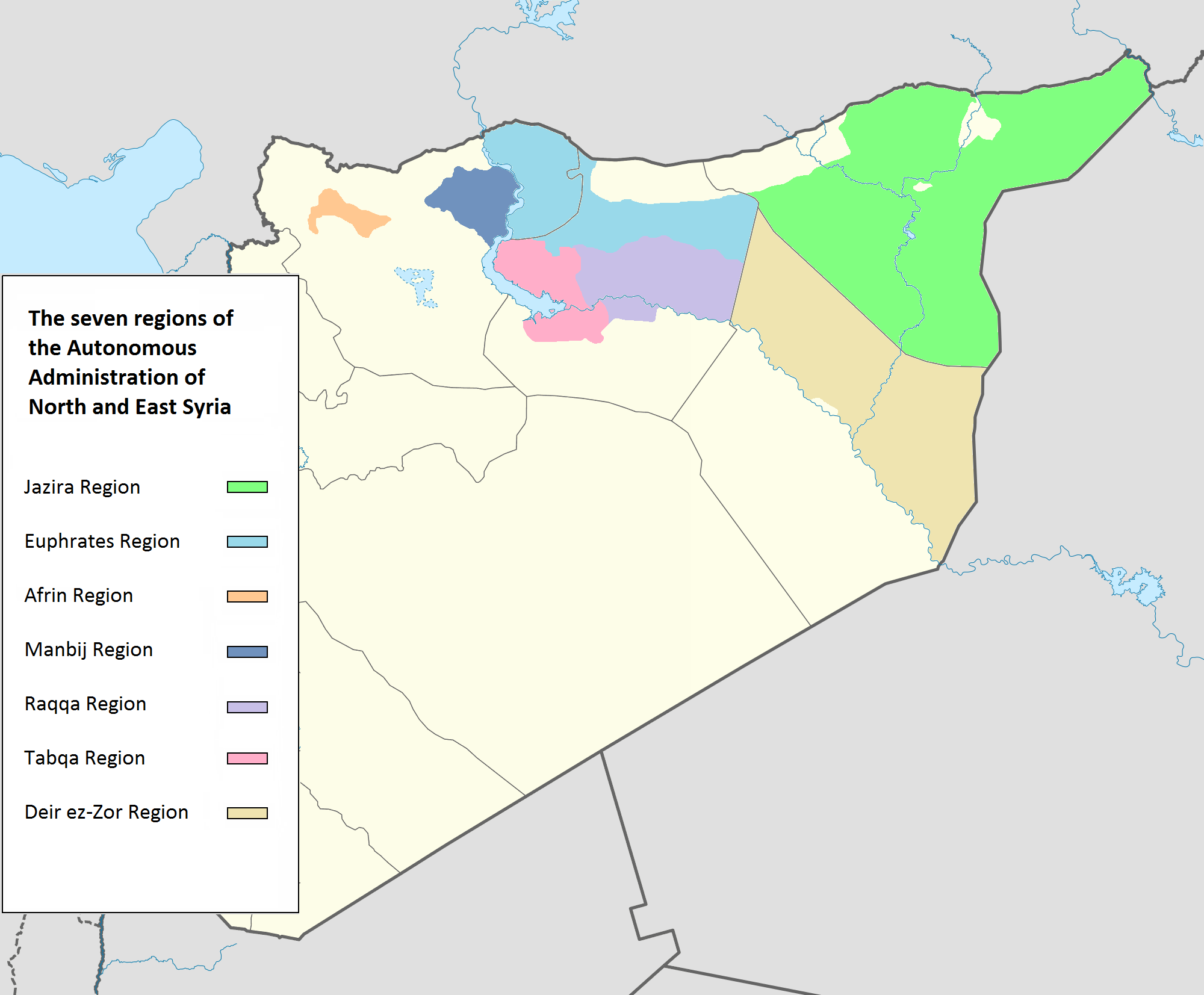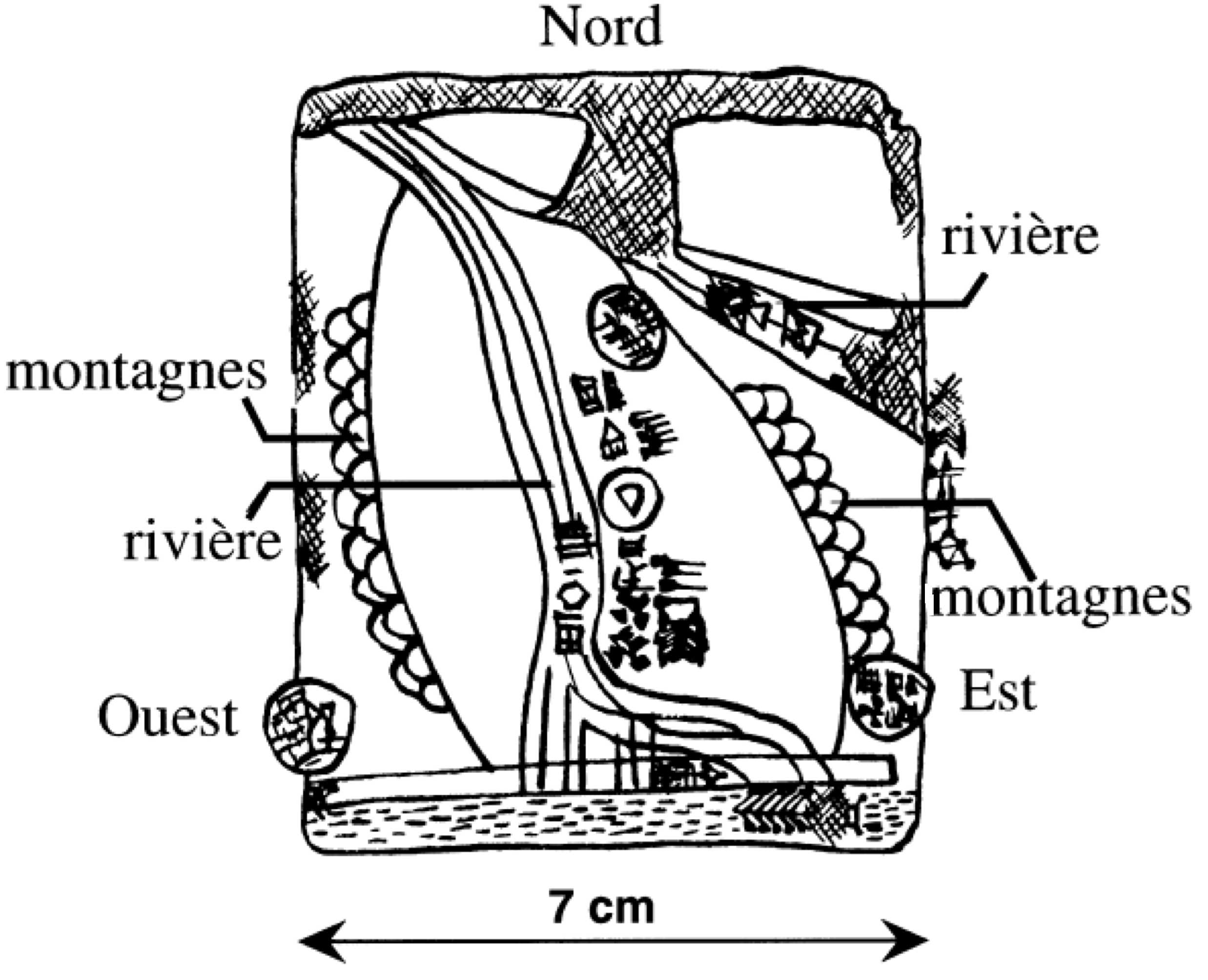|
Baratarna
Barattarna, Parattarna, Paršatar, or Parshatatar is the first known King of Mitanni and is considered to have reigned, as per middle chronology between c. 1510 and 1490 BC by J. A. Belmonte-Marin quoting H. Klengel. Reign Very few records of him are known as sources from Mitanni are rare. Most information we have about the kingdom, especially its early history and kings come from records outside of the state. Dates for the kings can be deduced by comparing the chronology of Mitanni and other states, especially ancient Egypt, at a later date and working back the figures. Information is found in the biography of Idrimi of Alalakh (or Alalah, which became the capital of Aleppo). Barattarna conquered the area and made Idrimi his vassal, Idrimi becoming king of Aleppo according to a treaty that also declared Pilliya, the king of Kizzuwatna, his vassal. Mitanni in his time probably extended as far as Arrapha in the east, Terqa in the south, and Kizzuwatna in the West. Barattarna may ... [...More Info...] [...Related Items...] OR: [Wikipedia] [Google] [Baidu] |
Mitanni
Mitanni (–1260 BC), earlier called Ḫabigalbat in old Babylonian texts, ; Hanigalbat or Hani-Rabbat in Assyrian records, or in Ancient Egypt, Egyptian texts, was a Hurrian language, Hurrian-speaking state in northern Syria (region), Syria and southeast Anatolia (modern-day Turkey) with Indo-Aryan languages, Indo-Aryan Indo-Aryan superstrate in Mitanni, linguistic and political influences. Since no histories, royal annals or chronicles have yet been found in its excavated sites, knowledge about Mitanni is sparse compared to the other powers in the area, and dependent on what its neighbours commented in their texts. The Hurrians were in the region as of the late 3rd millennium BC. A king of Urkesh with a Hurrian name, Tupkish, was found on a clay sealing dated at Tell Mozan.Salvini, Mirjo. "The earliest evidences of the Hurrians before the formation of the reign of Mittanni." Urkesh and the Hurrians Studies in Honor of Lloyd Cotsen. Urkesh/Mozan Studies Bibliotheca Mesopotamic ... [...More Info...] [...Related Items...] OR: [Wikipedia] [Google] [Baidu] |
Nuzi
Nuzi (Hurrian Nuzi/Nuzu; Akkadian Gasur) at modern Yorghan Tepe (also Yorgan Tepa and Jorgan Tepe), Iraq was an ancient Mesopotamian city 12 kilometers southwest of the city of Arrapha (modern Kirkuk) and 70 kilometers southwest of Sātu Qala, located near the Tigris river. It was occupied from the Ubaid period in the 5th millennium BC until late in the 2nd millennium BC then, after a period of abandonment, in the Parthian era. It reached major importance in the Akkadian Empire period when it was known as Gasur and again in the Mitanni period when its name was Nuzi. History The site has about 15 occupational layers with 12 major strata several of which have subdivisions. The majority of excavation work at the site was on the Late Bronze Age levels with only some soundings to the older strata. Traces of Parthian era occupation were found on the surface.Pfeiffer, Robert H., "The Excavations at Nuzi: Preliminary Report of the Fourth Campaign", Bulletin of the American Schools of ... [...More Info...] [...Related Items...] OR: [Wikipedia] [Google] [Baidu] |
Aleppo
Aleppo is a city in Syria, which serves as the capital of the Aleppo Governorate, the most populous Governorates of Syria, governorate of Syria. With an estimated population of 2,098,000 residents it is Syria's largest city by urban area, and was the largest by population until it was surpassed by Damascus, the capital of Syria. Aleppo is also the largest city in Syria's Governorates of Syria, northern governorates and one of the List of largest cities in the Levant region by population, largest cities in the Levant region. Aleppo is one of List of cities by time of continuous habitation#West Asia, the oldest continuously inhabited cities in the world; it may have been inhabited since the sixth millennium BC. Excavations at Tell as-Sawda and Tell al-Ansari, just south of the old city of Aleppo, show that the area was occupied by Amorites by the latter part of the third millennium BC. That is also the time at which Aleppo is first mentioned in cuneiform tablets unearthed in Ebl ... [...More Info...] [...Related Items...] OR: [Wikipedia] [Google] [Baidu] |
Kizzuwatna
Kizzuwatna (or Kizzuwadna; in Ancient Egyptian ''Kode'' or ''Qode'') was an ancient Anatolian kingdom, attested in written sources from the end of the 16th century BC onwards, but though its origins are still obscure, the Middle Bronze Age in Cilicia (ca. 2000–1550 BC) can be seen as its possible formative period. Kisuwatna was situated mostly in the Cilician Plain of southeastern Anatolia, near the Gulf of İskenderun, in modern-day Turkey. The Central Taurus Mountains and the Amanus Mountains encircled it. The centre of the kingdom was the city of Kummanni, in the highlands. Etymology The name is said to be a Luwic transliteration (''kez-watni'') of the nešili ''kez-udne'', meaning "a country on this side (of the mountains)."Yakubovich, Ilya. (2010). ''Sociolinguistics of the Luvian Language''. A Dissertation Submitted to the Faculty of the Division of the Humanities In Candidacy For the Degree of Doctor of Philosophy. Department of Near Eastern Languages and Civiliz ... [...More Info...] [...Related Items...] OR: [Wikipedia] [Google] [Baidu] |
Thutmosis I
Thutmose I (sometimes read as Thutmosis or Tuthmosis I, Thothmes in older history works in Latinized Greek; meaning " Thoth is born") was the third pharaoh of the 18th Dynasty of Egypt. He received the throne after the death of the previous king, Amenhotep I. During his reign, he campaigned deep into the Levant and Nubia, pushing the borders of Egypt farther than ever before in each region. He also built many temples in Egypt, and a tomb for himself in the Valley of the Kings; he is the first king confirmed to have done this (though Amenhotep I may have preceded him). Thutmose I's reign is generally dated to 1506–1493 BC, but a minority of scholars—who think that astrological observations used to calculate the timeline of ancient Egyptian records, and thus the reign of Thutmose I, were taken from the city of Memphis rather than from Thebes—would date his reign to 1526–1513 BC. He was succeeded by his son Thutmose II, who in turn was succeeded by Thutmose II's sist ... [...More Info...] [...Related Items...] OR: [Wikipedia] [Google] [Baidu] |
15th-century BC Deaths
The 15th century was the century which spans the Julian calendar dates from 1 January 1401 (represented by the Roman numerals MCDI) to 31 December 1500 (MD). In Europe, the 15th century includes parts of the Late Middle Ages, the Early Renaissance, and the early modern period. Many technological, social and cultural developments of the 15th century can in retrospect be seen as heralding the "European miracle" of the following centuries. The architectural perspective, and the modern fields which are known today as banking and accounting were founded in Italy. The Hundred Years' War ended with a decisive French victory over the English in the Battle of Castillon. Financial troubles in England following the conflict resulted in the Wars of the Roses, a series of dynastic wars for the throne of England. The conflicts ended with the defeat of Richard III by Henry VII at the Battle of Bosworth Field, establishing the Tudor dynasty in the later part of the century. Constantinople ... [...More Info...] [...Related Items...] OR: [Wikipedia] [Google] [Baidu] |





